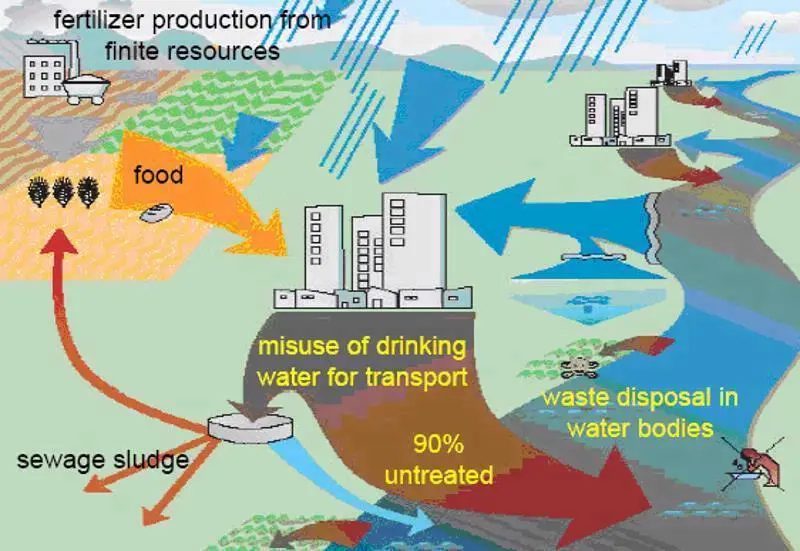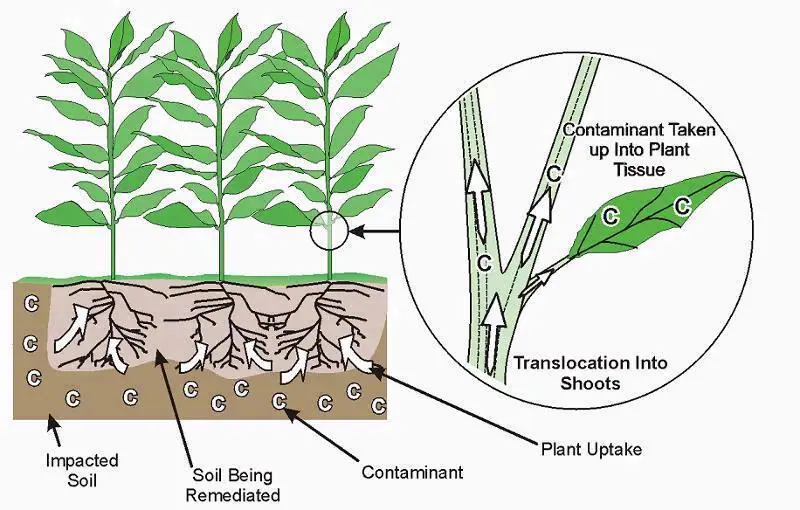What happens after the waste water treatment plant
Does a water toilet also look nice to the fishes in a river? How much of the pollution is getting decomposed and removed in the waste water treatment plant? What happens with the effluent in the river? This experiment will provide answers to those questions and will reflect on the current way to deal with toilet wastes. Pupils will follow the effluent of a waste water treatment plant and look what happens with the river section below this place.
Learning goals
- Know how to use indicator paper to measure nitrate
- Know on the relation between nitrate and water pollution
Background information
Eutrophication is mainly caused by agricultural runoffs and sewage effluents. A wastewater treatment plant mainly decomposes and removes organic solids and harmful chemical compounds. However most of these plants stilldischargea lot of (basically harmless) nutrients, especially nitrate with the effluent into the watershed.If there is enough dilution those discharges will not cause any serious changes in the water fauna. However, in smaller watersheds and denser populated regions discharges from wastewater treatment plants are often the main reason for eutrophication.
It is therefore questionable if it is really the right way to use water as transportation medium to remove our toilet wastes or if cooking residues and other organic wastes really belongs into the toilet.
Time requirement
The experiment will take 2-4 hours and is recommended to be planned as a half day excursion. The time requirement will also be highly dependent on how far you need to travel to come to a suitable river location.
Material requirement
- 20-30 beakers
- 1 Nitrate indicator test
- 2-3 field guides for plants
- 1 plant indicator table (output of experiment «Looking on eutrophication processes»)
- 1 piece of soap
- 1 litre of distilled water
Let's start
Information how to measure nitrate and water colour will you find in the previous experiments («Vegetation a a natural water filter» and «Looking on eutrophication processes»).
Look for a place where a wastewater treatment plant is discharging wastewater into the river. It is better to have a small river, with a more or less naturally river bed.
Start with monitoring nitrate values and plant species in the section above the effluent. Try to also measure nitrate directly in the effluent, in case the value will be over the range of the stick, dilute it with distilled water. Wash your hand with soap after you worked with water close to the effluent. Try to figure out the immediate impact of the effluent on the nitrate level in the river.
Follow the river downstream, take samples every 10 meters and look on the vegetation and the colour of the water. Are there some differences with increasing distance to the effluent? Reflect on your results. Is the river able to nadle and clean the discharge due to of dilution and self-purification effects, or does the wastewater treatment plant overload it with nutrients, with serious impacts on the whole downstream area?
What can I do at home to reduce my wastewater discharge into the wastewater treatment plant and into the river?
See and feel

- Nitrate level
- Turbidity and colour
- Vegetation (what types of species)
Didactical comments
Recommend the children to come with high boots, especially on cooler days. Consider the security issues outlined in the experiment («Orientation and terrain structures along the river»). Make sure that the pupils wash their hands thoroughly after taking samples close to the effluent. Make them use soap.
It is possible to link this experiment with the idea of ecological sanitation, respectively composting and reusing organic wastes inclusive our toilet residues. The experiment series of the composting system («Compost factory»), especially the experiment «Compost grow tomato», refers to the issue of ecological sanitation.

